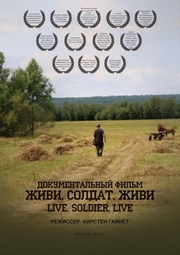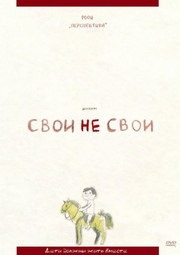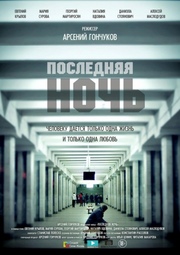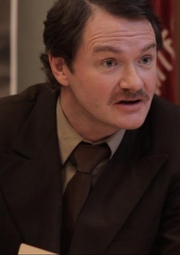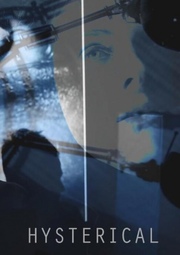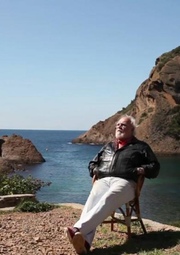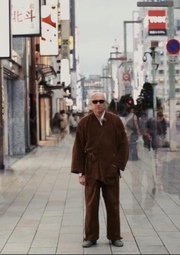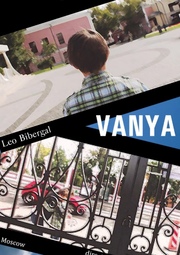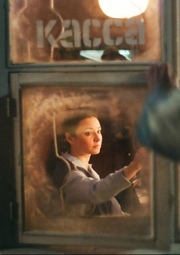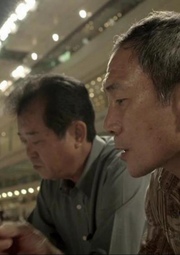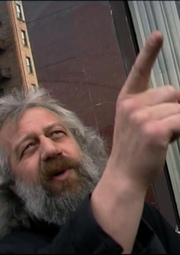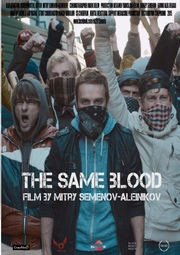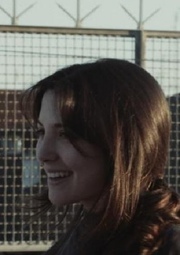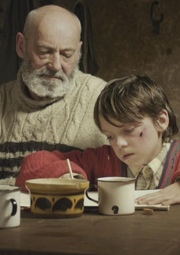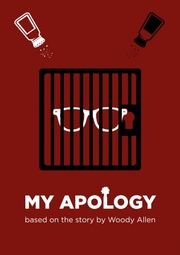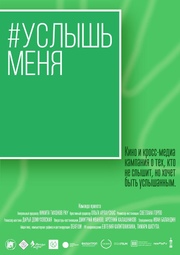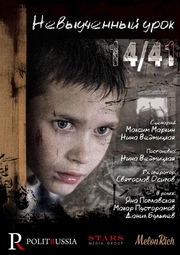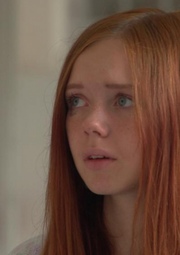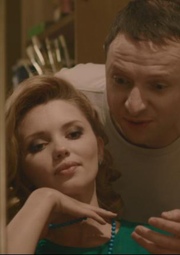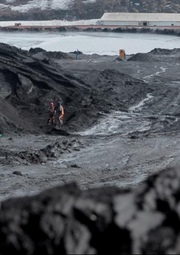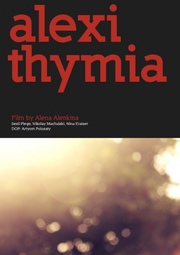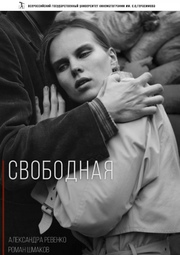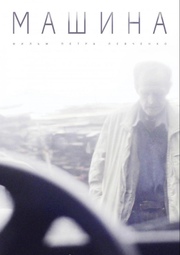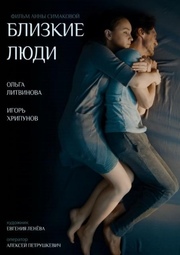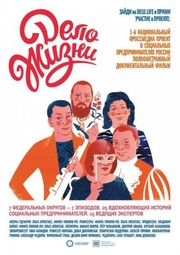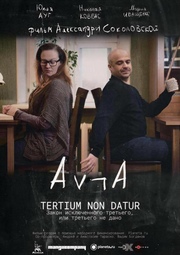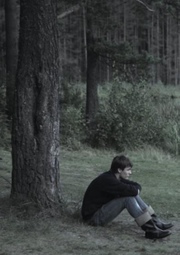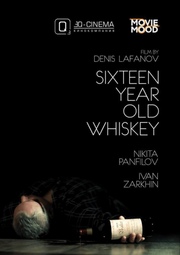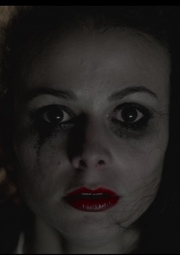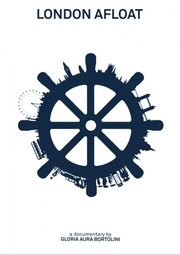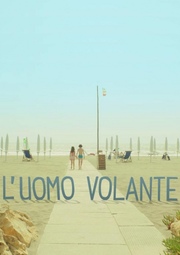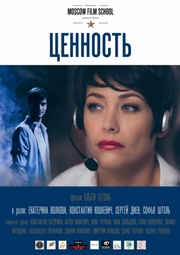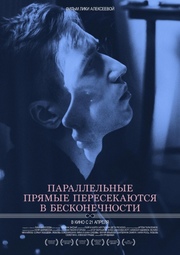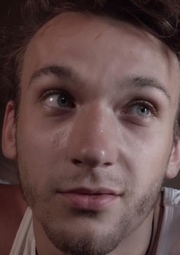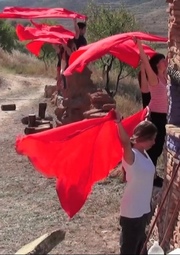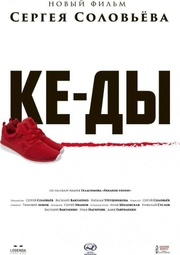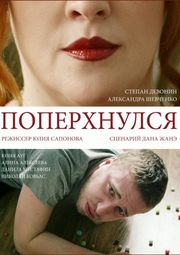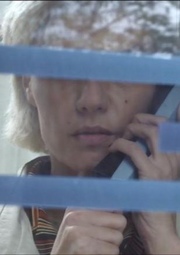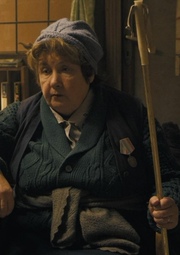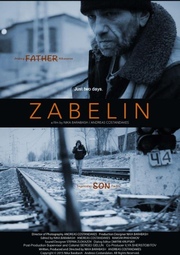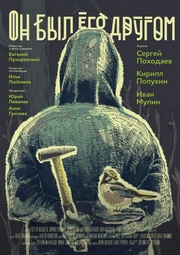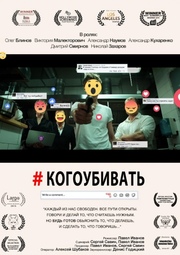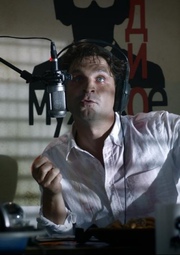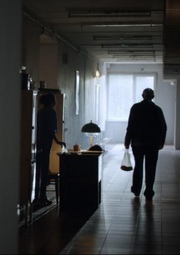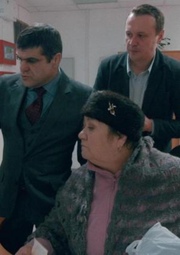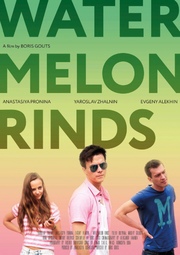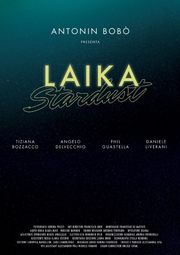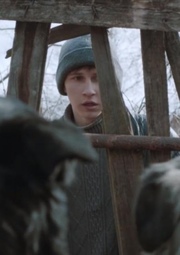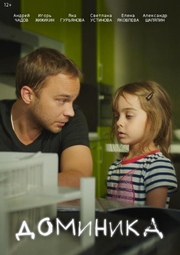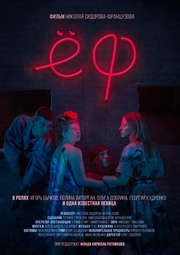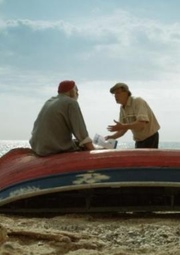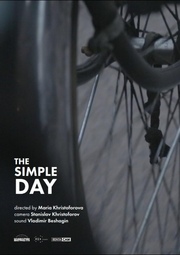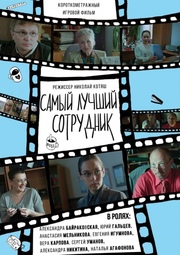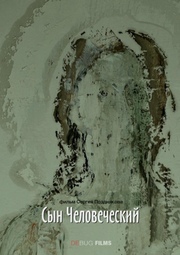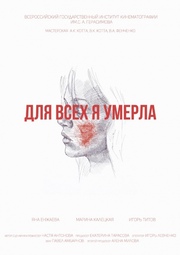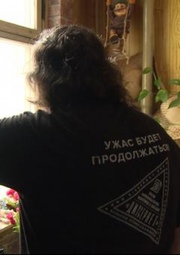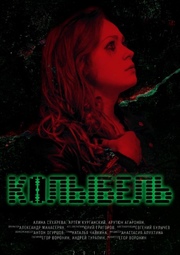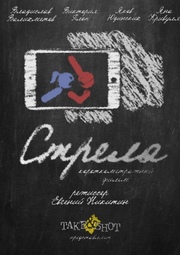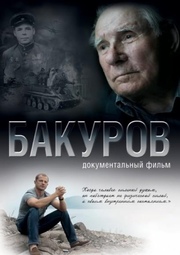A filmmaker proved a festival lied about watching his movie. He got his money back.
[Editor's Note: No Film School asked Chris Suchorsky to write about his experience figuring out how to track which festivals watched his screeners—and holding them accountable.]
Submitting to film festivals is an exciting and miserable experience all rolled into one. There’s a moment of joy and relief when you hit that submit button, and total depression when you get that short email that starts with, "Thank you so much for allowing us to view [INSERT FILM TITLE WE DON’T WANT]...."
Being accepted to film festivals is an entirely different experience. I like to tell the story of the time a top North American film festival rejected my film in 2007, only to send me an email eleven months later that said, “Hey, so-and-so (famous musician) said we should check out your film. Can we see it?” I almost called them out on their bullshit, but instead bit my tongue and threw a DVD in an envelope with a copy of the email. Three weeks later, I received my acceptance letter to the film festival that had rejected me a year earlier.
What’s the moral of the story? It really helps to have an advocate or inside person to help your film along its festival run.
When I began submitting to film festivals in 2003, filmmakers were required to send a VHS tape of screeners. (For the millennials out there, a VHS tape was a big black plastic box that magically played a low-resolution copy of films, television shows, and homemade pornography.) Making these copies was an exhausting experience: you played your film through a miniDV player, hit record on a VHS deck, and watched paint dry as you duped tape after tape. The worst part of the experience was that there was no proof that anyone at these film festivals was actually watching the result of these endless hours of tape-making.
A year later, I met actor Vic Argo (Taxi Driver, Mean Streets). He told me that any time he was asked to be a programmer at a festival, he was handed a pile of VHS tapes and sent to a room with a note that said, "Watch the first five minutes. If it sucks, throw it away." This didn’t reassure me that my time as a filmmaker was well spent.
In 2007, I made my first feature-length film. The process of submitting screeners had transformed from VHS tapes to DVDs. This was a bit easier. I programmed a DVD on my computer and would burn a copy every time I submitted to a festival. Still, there was no way of knowing whether or not my film was getting a fair shot at playing said festival.
Around this time, I met a successful director who had played Sundance in 2005, won multiple MTV Music Video Awards, and would later go on to be a very successful television producer. He was really impressed with my film and wanted to help me get into festivals. During our first conversation, he asked if I had already submitted to one of the “premiere festivals” in the country. When I told him yes, his response was, "Oh damn…if I'd met you sooner, I could’ve walked it in the door and, at the very least, made sure someone watched it. It’s kind of a boy’s club over there. You need to know someone." Yikes.
My filmed ended up having a very successful festival run, but I was never able to crack the illustrious Top 10 (Sundance, SXSW, Tribeca, TIFF, etc). This process of submitting "blind" took its toll on me—so much that I didn’t finish another film for 10 years. There are only so many times you can have the door slammed in your face before you begin to ponder your life and the career choices you’ve made.
What if I sent private screeners to particular film festivals and made sure they were watching my film?
That brings us to three months ago. I recently locked picture on my second feature-length documentary, A Shot in the Dark, about a blind high school wrestler attempting to win a New Jersey State Championship. I was in search of a big premiere and needed to get back in the game. My Withoutabox account hadn’t been opened in nine years and I had no idea what FilmFreeway was. When I began to fill out the submission forms, I was pleasantly surprised to see that the festivals had moved over to online screeners. No longer did I have to dupe tapes or burn DVDs! I could simply send a link to a private screener and be done with it.
With that said, this new process also gave me an idea: What if I sent private screeners to particular film festivals and made sure they were watching my film? I upgraded to a Vimeo Pro account and began to bask in the glory of tracking analytics.
This process was easy for film festivals that require you submit through their website, like SXSW and Hot Docs. I would fill out the forms and send them private, password-protected links to my film with titles such as “A SHOT IN THE DARK - SX” or “A SHOT IN THE DARK - HD.” I could go into my Vimeo account, open the SX link, and not only make sure that SXSW watched the film, but also see how long they watched the film for.
I had to get creative with festivals that only allow submissions through Withoutabox and/or FilmFreeway. The LA Film Fest only accepts submissions through FilmFreeway, for example, so that was an easy one: I submitted to LAFF through FilmFreeway, gave the screener a unique title that included “LA,” and password-protected it. I didn’t use FilmFeeway for any other festival. As for festivals that only accept through Withoutabox, I had to set up a single screener for multiple festivals to view. I was still able to track their viewing habits through Vimeo’s analytic system that comes with a Pro account; if my password-protected Vimeo link was viewed, I would simply go into “See all video stats” and then click “View more > Dashboard.” This brings up analytics that include the city the screener was viewed from, which app was used, and for how long the person watched the film. So if I submitted to a handful of festivals and saw that someone in San Jose watched the film for 97 minutes on their desktop, I knew that the film was viewed in its entirety by someone at Cinequest. If it was viewed in Seattle, I knew SIFF was watching it; if it was viewed in DC or the suburbs of Virginia, I knew AFI DOCS was watching my film.
This also gave me insight into festivals that were interested in my film and those that were not. If you know anything about the festival process, the first screening of any blind submission goes to a low-level screener who then gives it the “OK” to be sent up the ladder to someone who is important. When I submitted to Tribeca, someone watched my film from beginning to end. A few days later, someone watched the film again, but they only watched the first hour. That led me to believe that the intern at Tribeca dug the film, passed it up the ladder, and the higher-level screener wasn’t a fan and/or they had to stop the film because their kid needed to go to soccer practice and maybe they would watch it later that day. Two weeks later, the screener was stuck at 1.5 plays. It was at that point I realized I was dead at Tribeca.
You should never throw your money away on a festival that has no intention of ever watching your film.
What’s funny about this story is that after I launched my Kickstarter—around the same time I was submitting to festivals—a high-profile sales agent reached out to me and asked what the plan was for my festival run. I told her I was waiting to hear from Tribeca, but that I thought we were dead in the water. She simply said, “I’ll call them.” A few days later, the film was viewed again in its entirety. That brings me back to one of my earlier points: It’s good to know the right people.
Over the last three months, I’ve been surprised to learn that the majority of festivals have been watching the film. It’s become a bit of an obsession; I check every morning to see if my film has been viewed and who is watching it. I have to tip my hat to some of the larger festivals, like SXSW, Full Frame, and the LA Film Fest. All of these festivals have watched my film a number of times. LAFF has watched it around 10 times.
On the other hand, there was one festival that really surprised me. I won’t name names, but it is a large North American documentary festival that is known for playing a lot of Sundance, SXSW, and Tribeca premieres. It’s essentially the second stop after your premiere; they even state in their rejection letter, in so many words, that there are very few spots available due to all the films they play from other festivals. Regardless of this questionable business practice, this festival is a good name to have on your poster. So I submitted in mid-December. It took the festival a month to watch my film—and they only watched the first 21 minutes, never to play it again.
For the last seven weeks, I’ve been waiting for this particular rejection letter. Yesterday, I got it.
What really bothered me about the rejection letter was one simple phrase: “Please be assured that all submissions were considered thoroughly and thoughtfully.”
I sat there for an hour staring at that phrase. I had the proof that they did not consider my film “thoroughly and thoughtfully.” I pondered the consequences of calling this high-profile festival out on their BS. This is one of those moments where veterans of the festival circuit tell you not to burn bridges, but after 14 years of filmmaking, I’ve been biting my tongue for too long.
I took a few screen grabs of my Vimeo analytics that prove the film was viewed only once and that a 97-minute film was played for less than 21 minutes. I went to the festival website and found the Programming Director’s email, along with emails of the President and Executive Director of the Festival. I wrote them the following email:
Hi [Programming Director’s Name],
I just received my rejection from [Name of Festival]. In the email below, it states that “all submissions were considered thoroughly and thoughtfully.” I submitted my film, A SHOT IN THE DARK, on December 12th, 2016. It was viewed only once on January 12th and was watched for 20 minutes and 56 seconds. My film is 97 minutes long. I’ve included screen grabs from the private password protected link only [Name of Festival] had access to. I don’t see a 21-minute viewing of a 97-minute film as a “thorough and thoughtful” consideration. I’d appreciate it if you could refund my submission fee of ($XX.XX USD).
Sincerely,
Chris Suchorsky
Honestly, I never thought I’d hear back. But less than 24 hours later, I got a response from the Director of Programming:
Hi Chris,
Thanks for your message, and for bringing this to my attention.
We can refund your submission fee and will start that process today.
Thank you,
[Programming Director’s Name]
I appreciate this response and am grateful that, in some way, the festival is righting their wrong by refunding my submission fee. But to my dismay, there was no apology, no admission of wrongdoing, and no offer to actually watch the film.
So, what’s the moral of the story as a filmmaker? You have a responsibility to your investors, your backers, and your personal checkbook to make sure your money is being spent wisely. You have to accept the fact that your film will be rejected by film festivals. There are limited numbers of slots to screen films and not every film is right for every festival. But with that said, you should never throw your money away on a festival that has no intention of ever watching your film. Get someone to advocate for your film from the inside.
And the takeaway if you’re running a film festival? Just because Alex Gibney or Judd Apatow didn’t hand-deliver a film to your door doesn’t mean the little guys should be overlooked.
Source: www.nofilmschool.com




